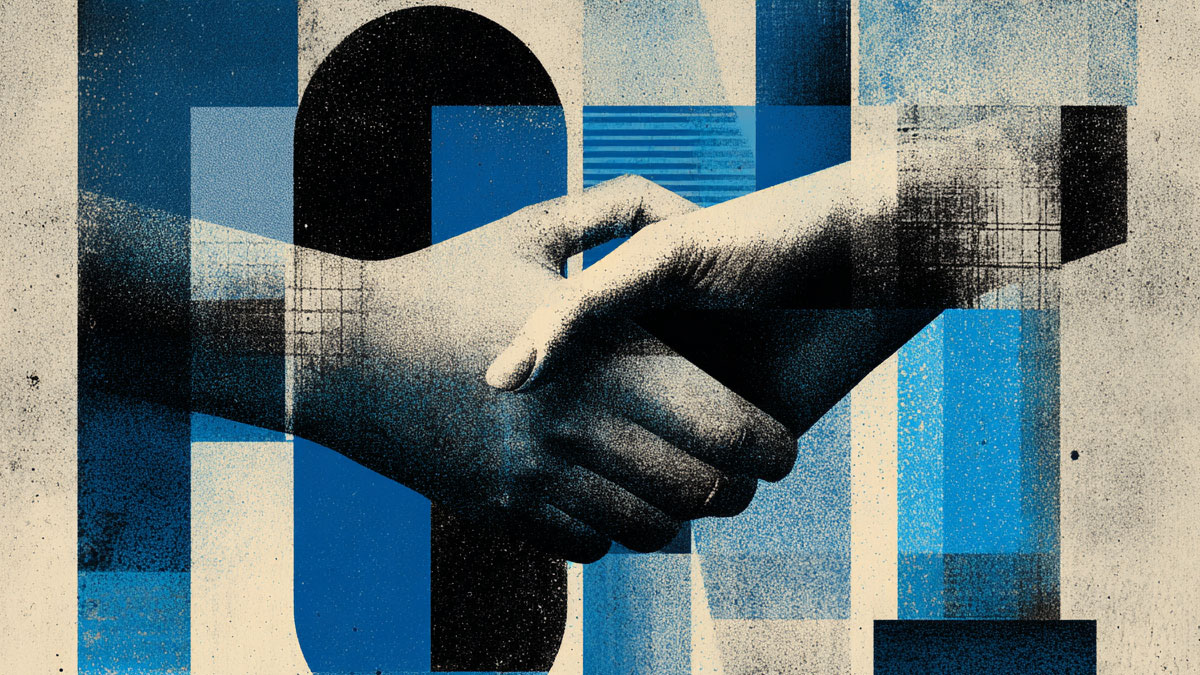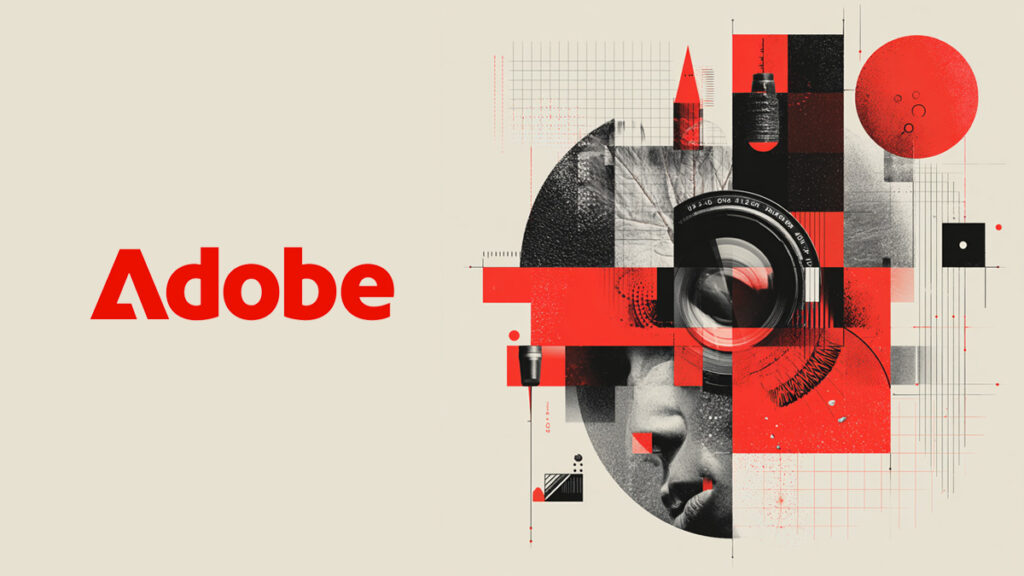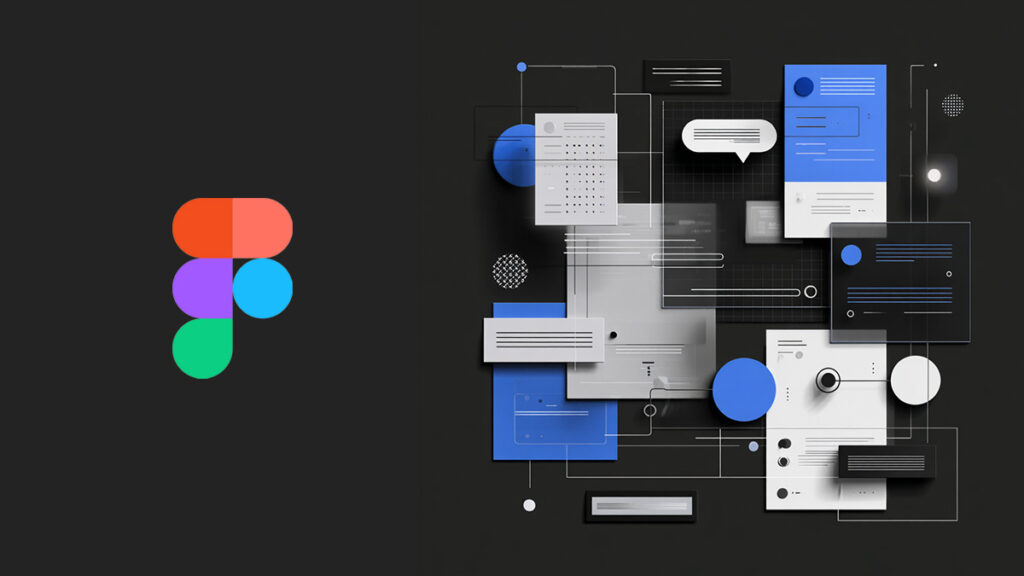Your Typography Choices Are Screaming “I Have No Taste” (Here’s How to Fix That)
I just saw another startup deck with Papyrus headers and Arial body text. My soul left my body for approximately 30 seconds.
Look, I get it. You’re not a designer. You opened Canva, saw 847 font options, and panicked. So you went with what felt “safe” — which usually means boring, mismatched, or straight-up ugly.
Here’s the brutal truth: your font choices are doing more damage to your brand than you realize. They’re the difference between looking like a Fortune 500 company and looking like a middle school PowerPoint presentation.
Typography isn’t just about making words readable. It’s about making people want to read them. And trust you. And maybe even give you money.
Why Most Font Pairings Look Like They Were Chosen by a Drunk Algorithm
Bad font pairing is everywhere because most people think “different = interesting.” So they grab a fancy script font for headlines and slam it next to whatever default font their software suggests. The result? Visual chaos that makes users’ brains work overtime just to process your message.
The real problem isn’t picking fonts — it’s understanding relationships.
Good font pairings work like good relationships: they complement each other without competing for attention. One partner can be the showoff while the other plays support. But when both fonts are screaming for attention, or when they have nothing in common, you get typographic divorce court.
Here’s what actually matters:
- Contrast without conflict — Different personalities that still get along
- Shared DNA — Similar proportions, weights, or historical periods
- Clear hierarchy — One font leads, the other follows
- Emotional consistency — They should feel like they belong in the same universe
The 10 Font Pairings That Make Designers Weep (With Joy, Not Horror)
1. Playfair Display + Source Sans Pro
This is what Vogue would use if Vogue was a tech startup. Playfair brings the drama with its high-contrast serifs, while Source Sans keeps things grounded and readable. Perfect for brands that want to feel premium without being pretentious.
2. Montserrat + Merriweather
Montserrat says “we’re innovative and forward-thinking,” while Merriweather says “but we’re also trustworthy and established.” It’s the typographic equivalent of wearing a blazer with sneakers — professional but not stuffy.
3. Bebas Neue + Open Sans
Bebas Neue is basically typography’s equivalent of shouting, but in a good way. Paired with the calm professionalism of Open Sans, it creates perfect tension. Your headlines demand attention while your body copy builds trust.
4. Lora + Lato
This pairing shows up everywhere for a reason — it just works. Lora adds just enough personality to avoid looking generic, while Lato handles the heavy lifting of actual readability. It’s the Honda Civic of font pairings: reliable, efficient, and surprisingly stylish.
5. Raleway + Crimson Text
Raleway’s clean geometry paired with Crimson Text’s bookish elegance creates that perfect “expensive but approachable” vibe. Think artisanal coffee shops that charge $7 for a latte but somehow make you feel good about it.
6. Oswald + Quattrocento
Strong, structured, confident. Oswald builds the framework while Quattrocento adds the details. This pairing communicates competence without being boring — like a well-designed building that actually functions.
7. Abril Fatface + Work Sans
When you need to make a statement but still want people to read your content, this is your combo. Abril Fatface commands attention like a perfectly timed mic drop, while Work Sans handles the actual conversation.
8. DM Serif Display + Inter
This pairing feels both timeless and contemporary — like wearing a vintage watch with a modern suit. DM Serif Display brings elegance without stuffiness, while Inter ensures your body copy actually gets read.
9. Space Grotesk + Crimson Pro
Space Grotesk has that slightly quirky tech vibe without looking like it was designed by robots. Paired with Crimson Pro’s readability, it suggests innovation grounded in substance.
10. Fraunces + IBM Plex Sans
Fraunces is typography’s wild card — quirky but sophisticated. IBM Plex Sans grounds it with corporate credibility. It’s for brands that want to stand out while still being taken seriously.
The Font Pairing Crimes That Keep Me Up at Night
Using decorative fonts for body text: Script fonts are for wedding invitations, not your 500-word blog post about market trends.
Pairing fonts from the same era badly: Just because two fonts are both “retro” doesn’t mean they work together. It’s like wearing plaid with stripes — theoretically possible, usually tragic.
Going serif crazy: Using three different serif fonts doesn’t make you look sophisticated. It makes you look indecisive.
The Google Fonts grab bag: Just because they’re in the same font library doesn’t mean they’re compatible. Google Fonts is a tool, not a matchmaking service.
How to Pick Font Pairings Without Losing Your Mind
Start with Purpose, Not Preference
What feeling do you want to create? Authority? Approachability? Innovation? Your font choice should serve your message, not your personal taste for “pretty” letters.
Test in Context
That font combo that looks amazing in your design tool might be unreadable at 14px on mobile. Always test your pairings at actual usage sizes and contexts.
Stick to the Two-Font Rule
More than two fonts is almost always a mistake. If you think you need a third font, you probably need better hierarchy, not more typefaces.
Consider Your Audience’s Font Literacy
Your design-savvy clients might appreciate subtle type choices. Your suburban real estate clients probably want something that screams “trustworthy professional” from across the room.
Tools That Won’t Steer You Wrong
- Google Fonts: Free, reliable, and they actually suggest pairings now
- Fontjoy: AI-powered pairing suggestions that are surprisingly good
- Typ.io: See how fonts work on real websites, not just in sterile mockups
- Adobe Fonts: If you’re paying for Creative Cloud anyway, why not use the good stuff?
Stop Treating Typography Like an Afterthought
Your font choices are making micro-impressions on every person who sees your work. They’re deciding whether you’re professional or amateur, trustworthy or sketchy, innovative or outdated — all before they read a single word.
The next time you’re tempted to just “use whatever,” remember: good typography is invisible, but bad typography is unforgettable (and not in a good way).
Pick a pairing from this list. Test it. Stick with it. Your brand will thank you, and so will everyone who has to look at your designs.
FAQ (For the Typography-Curious)
Q: Can I use more than two fonts?
A: You can use three if you really know what you’re doing, but honestly, most designers can’t pull it off. Master two fonts first.
Q: What if my brand guidelines specify different fonts?
A: Brand guidelines exist for a reason. Work within the system, or have a really good conversation about why it needs to change.
Q: Are web fonts slower than system fonts?
A: They can be, but the performance hit is usually worth it for brand consistency. Just don’t go crazy with font weights you’ll never use.
Q: How do I know if my font pairing is working?
A: Show it to someone who isn’t a designer. If they say “this looks professional” or “I trust this,” you’re probably on the right track.
This site may earn commissions from affiliate links, but we’ll never recommend anything that makes your typography look bad.


